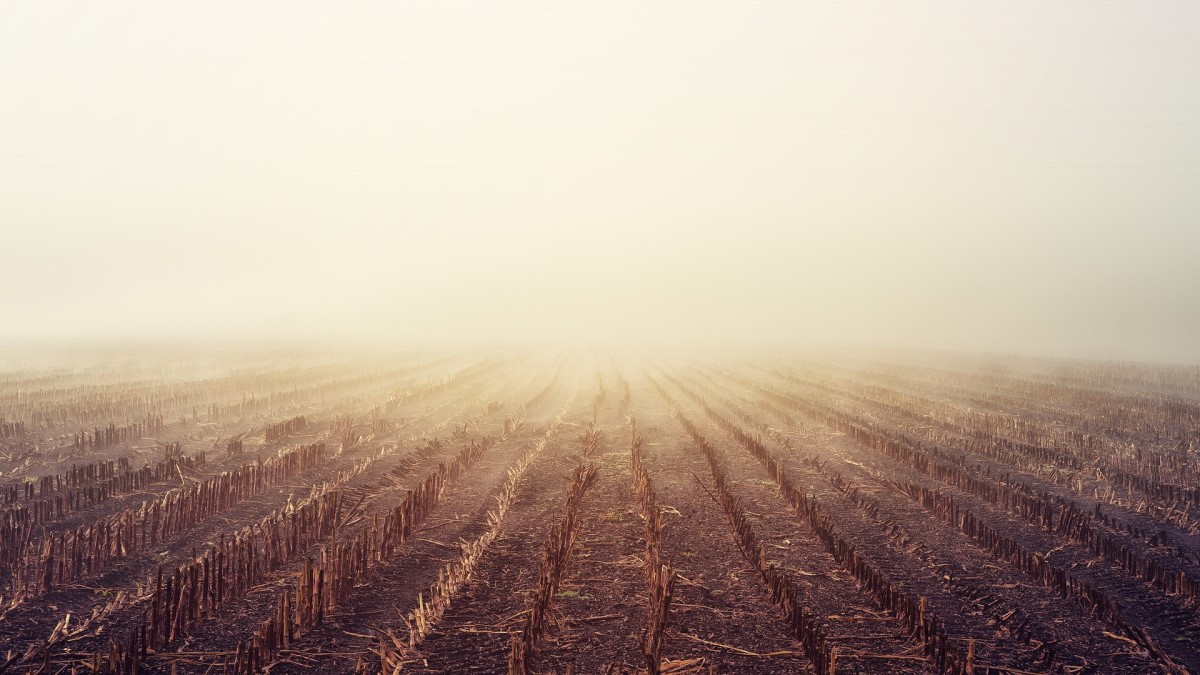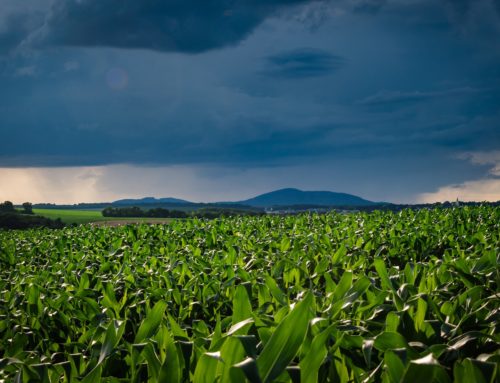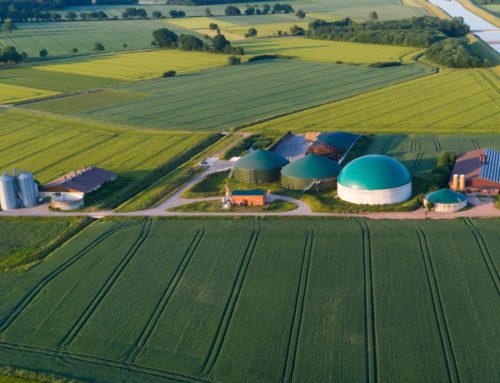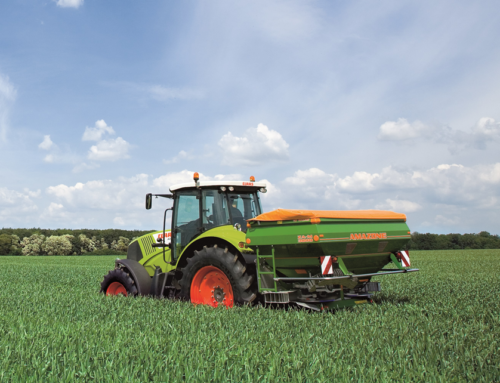Points to consider – Criteria for using stubble cultivation in practice
As soon as harvesting is over, the foundations start to be laid for the next farming year. Even at this early stage, decisions are made that not only have an impact on yield but also on soil quality. Various factors come into play when choosing the best method for stubble cultivation and seedbed preparation. Phytosanitary reasons are one example. Other critical factors include the site conditions and planned rotation crop. Stubble cultivation is used to encourage volunteer cereals and weed seeds to germinate, as well as to promote rotting in straw and other plant residues.
The aim of seedbed preparation is to ensure the optimum conditions for sowing and cultivating the subsequent crop, so that it can establish itself well enough to produce a good yield. Soil properties such as general characteristics and exposure – along with their associated erosion and drought risks – play an important role in this. Site conditions also include the changing environmental conditions and anticipated weather conditions. Commercial considerations, and parameters such as the level of mechanisation, anticipated yield, provision of labour and differences in fuel consumption also weigh into the assessment.
The chosen method and timing of stubble cultivation has a direct impact on the soil properties and water balance of arable fields. Increasingly frequent heavy rains and dry spells are also changing the requirements profile for arable farming systems. As a consequence, boosting the infiltration, storage and drainage capacities of soil is becoming ever more important. The best way to achieve this is through low-impact mulching at a shallow depth. The exact methods and means for achieving optimum results will depend on your individual farm and its specific circumstances.
To make it easier to come to a decision, the soil properties can be recorded using farm management software. By combining this data with data gathered during cultivation work, farm management software can highlight the impact of the chosen stubble cultivation method. To benefit from the positive effects of “ploughless” cultivation, it should be implemented over the longer term.
The reciprocal impact of stubble cultivation on site conditions and vice versa
Crop cultivation methods incorporate a range of high to low levels of tractive power and deep to ultra-shallow levels of soil cultivation. In fact, the direct seeding method doesn’t require stubble cultivation at all. Ploughing is the most widely used method of preparing the ground for sowing. This method interferes heavily with the soil structure. It does have its advantages, however: it creates a clean sweep, which is great for seed drills and reduces pressure from weeds and pests, especially when the crop rotation is tight. The phytosanitary reasons for ploughing are extremely relevant because self-seeded plants, root-propagated weeds and heavy pest infestations can be a huge problem. In order to combat pest infestations in particular, crop residues need to be chopped, spread and neatly incorporated into the soil. Effective stubble cultivation removes unwanted plants, thus enabling mechanical weed control. If the soil is cultivated at a deeper level, it needs to be reconsolidated in order to safeguard the plants’ water supply.
Nevertheless, there are also disadvantages in terms of soil properties. Conventional cultivation using a plough is the main cause of soil silting, which prevents it from being infiltrated and encourages runoff and erosion. Inadequate aeration causes problems such as a lack of oxygen in the crust, insufficient soil warming, poor root formation in the main crop and poor crop development as a result. Stale surface water leads to water erosion because nutrients and soil particles drift away on top of the soil surface. As a result, so-called “min-till” farming methods (cultivation without using a plough) are gaining in importance.
Long-term trials are already producing valid data in support of these methods. As a general rule, the choice of method depends on the site conditions. That said, just because something is technically possible does not mean it is beneficial from a crop cultivation standpoint. Accordingly, soil that is too wet should not be tilled if it contains high levels of clay. Otherwise, there is a danger of soil compression which can be detrimental to the soil properties. Using higher levels of chemical plant protection to improve weed eradication can cause even greater destruction to soil fauna and have a negative impact on the soil. In a worst-case scenario, poor cultivation can lead to irreversible soil loss and intensified soil damage. Examples of min-till arable farming methods are described in the following section.

Image by jplenio on Pixabay
Stubble cultivation options
There are several approaches to assessing min-till methods and making the most of their advantages. Dealing with the residual organic matter from preceding crops can be a challenge, not least due to the mechanical and phytosanitary problems it creates. An ever-changing crop rotation with frequent catch crops is the best way to deal with unwanted plants and a build-up of pests. Changing summer and winter crops frequently and incorporating undersown crops are just two examples of this. Sprouting volunteer cereals can be largely suppressed by the growing competition and shade generated by a catch crop. The growth from the catch crop can then be used as green manure for the main crop. Maintaining coverage of the soil in general not only helps to avoid unwanted crops. It can also significantly reduce soil erosion. The amount of organic matter that remains on the soil surface until crop coverage is critical for preventing erosion. Pests can also be reduced by mechanically destroying their winter habitats used for hibernation.
There is no shortage of equipment available for min-till cultivation. Some cultivation implements work at a shallow depth to thoroughly shred crop residues and incorporate them into the soil. Direct seed drills enable grains to be deposited effectively and achieve a clean result despite the presence of organic matter on the surface. This method allows cultivation and sowing to be carried out in one pass. Strip-till variants only loosen up the soil where the crop is intended to germinate. This means a minimal amount of soil is turned over, thus preserving the all-important soil structure for preventing erosion. When crops are sown using the strip-till method, fertiliser is deposited directly below the plants to ensure an efficient supply of nutrients.
Supplemental payments are available through the direct payment regulation for min-till farming methods to compensate financially for any potential losses in yield. Digital farming tools can prove useful for providing evidence of activities and compliance with legislative frameworks such as “cross compliance”. Decisions on which methods are suitable and whether min-till farming makes sense for you should be based on an analysis of your specific farm structure. We recommend analysing the impact of these methods in advance by trialling them on subsections of your fields. To document your activities and be able to provide evidence of their impact, we also recommend using digital farming tools and farm management software.



